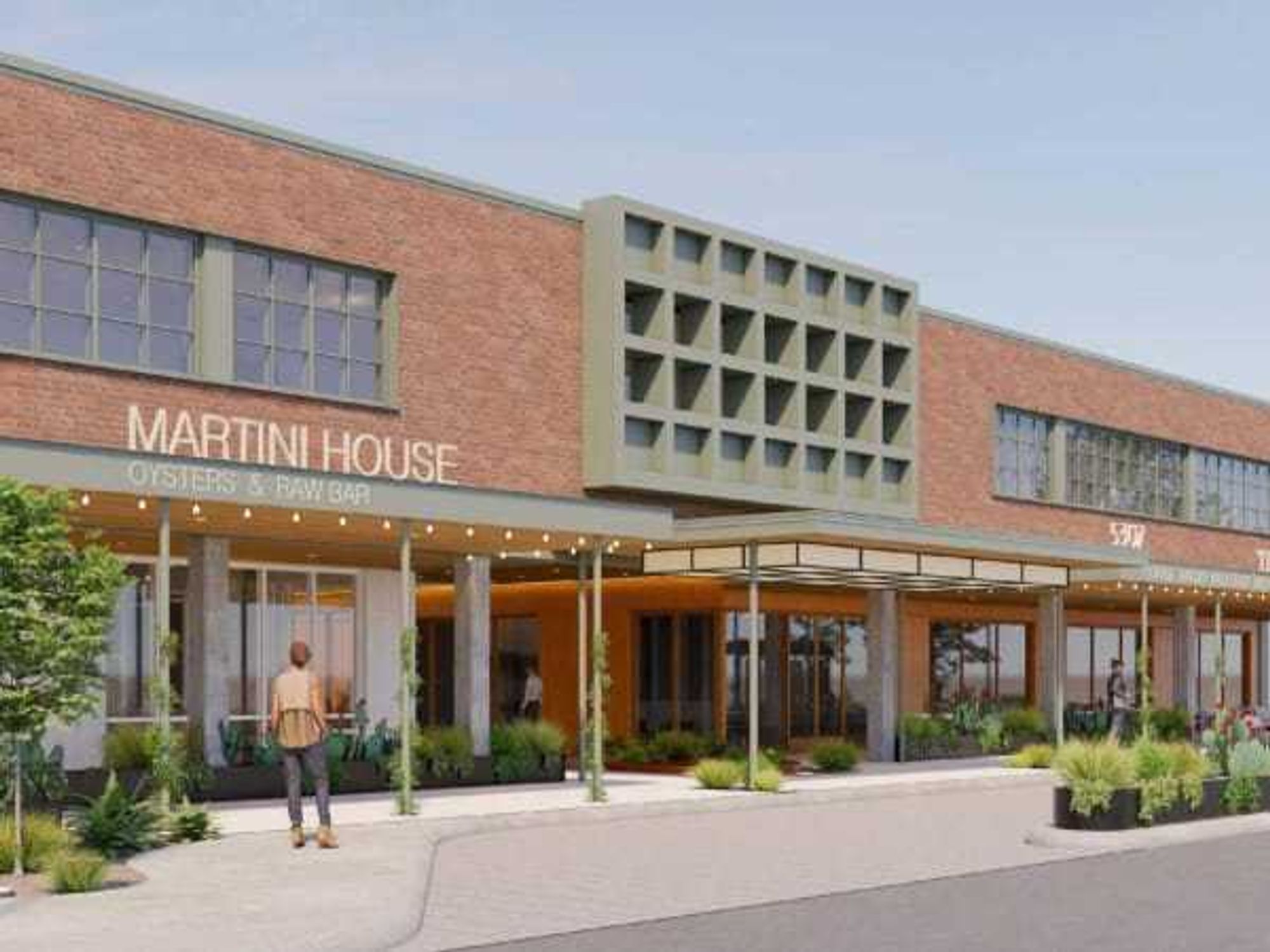Real Estate Report
San Antonio's average home price surpasses $400,000 for the first time

Local home prices are heating up in the hot housing market, hitting a new milestone in June. The latest monthly report from San Antonio Board of Realtors reveals that the average San Antonio metro home price surpassed $400,000 last month, for the first time ever.
The area's average price has been inching toward this milestone for months, sitting at $399,370 in May and $395,847 in April. In June, it reached $405,891, up 18.1 percent year-over-year and up 1.6 percent from the previous month.
Meanwhile, SABOR reports that the median price clocked in at $345,000 — up 20.2 percent from a year ago, but actually down slightly from a May 2022 all-time high of $347,530.
And though prices were up significantly, sales cooled down. "San Antonio area saw a 9 percent decrease in home sales, compared to this time last year," SABOR says. But with 3,036 sales pending at the end of the month, the market could be in for a hot July.
Similar sales slowdowns were seen at the county at state levels, with Bexar County's sales dropping 10.3 percent in June and Texas' sales decreasing 8.3 percent.
“Although there is a slight decrease in sales, we continue to see an increase in median and average home prices in our area,” says Tracie Hasslocher, SABOR's 2022 chairman of the board. She notes that "the area also saw a 14 percent [year-over-year] increase in price per square foot. 100.9 percent of homes sold for the list price and stayed on the market for an average of 29 days.”
